Fashion datasheet: importance for industrial manufacturing
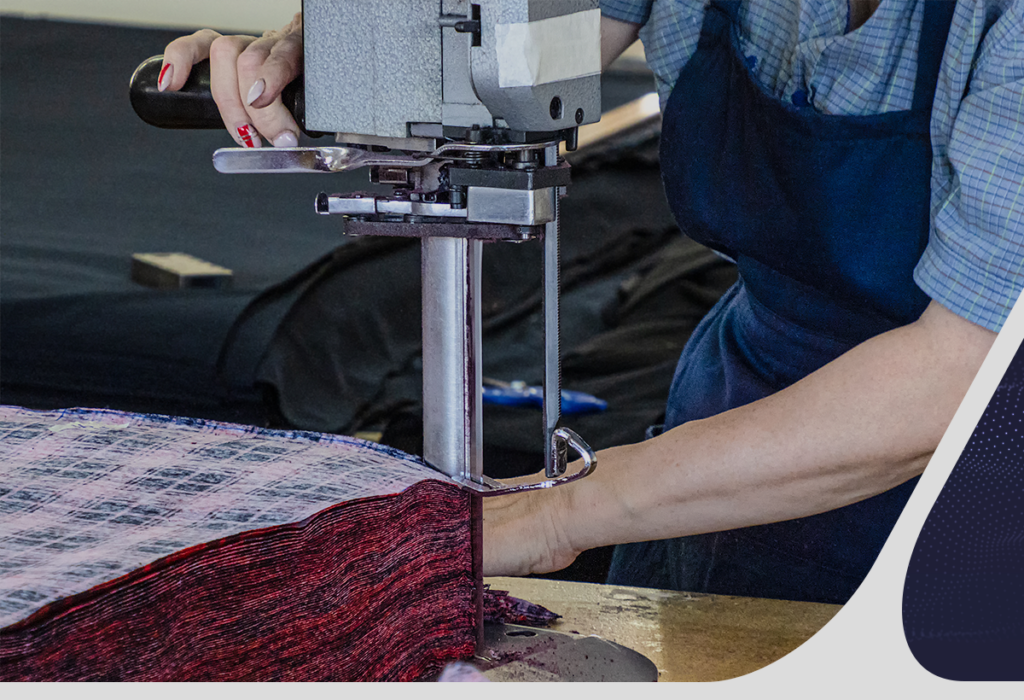
The fashion datasheet brings together all the crucial details, from design to manufacturing processes, ensuring precise, high-quality production. Without it, ensuring adherence to production schedules becomes challenging. Given the importance of this document, we have gathered in this content the main information about this tool. Please continue reading to address your inquiries and gain insights […]
Digital textile printing: continuous process and low cost
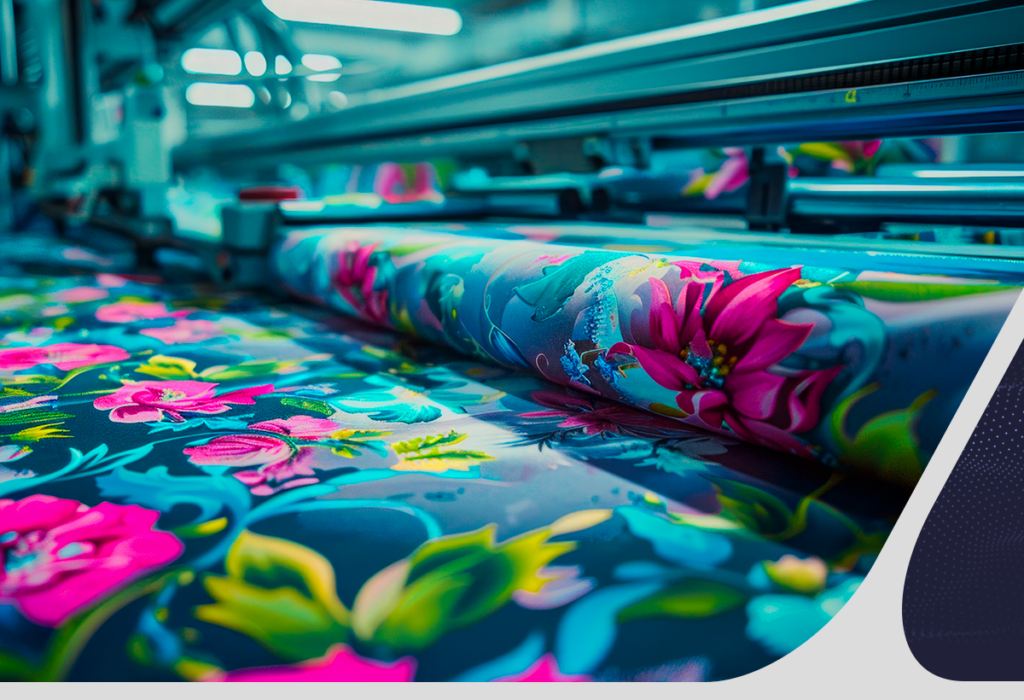
In recent years, digital textile printing has become an increasingly popular trend in the industrial sector. As digitalization continues to evolve and adapt, it has become an essential solution for ensuring quality, sustainability, competitive advantage, and compliance with consumer demands. With that in mind, we’ve compiled everything you need to know about this textile technology, […]
Textile processing: find out how it adds value to the final product
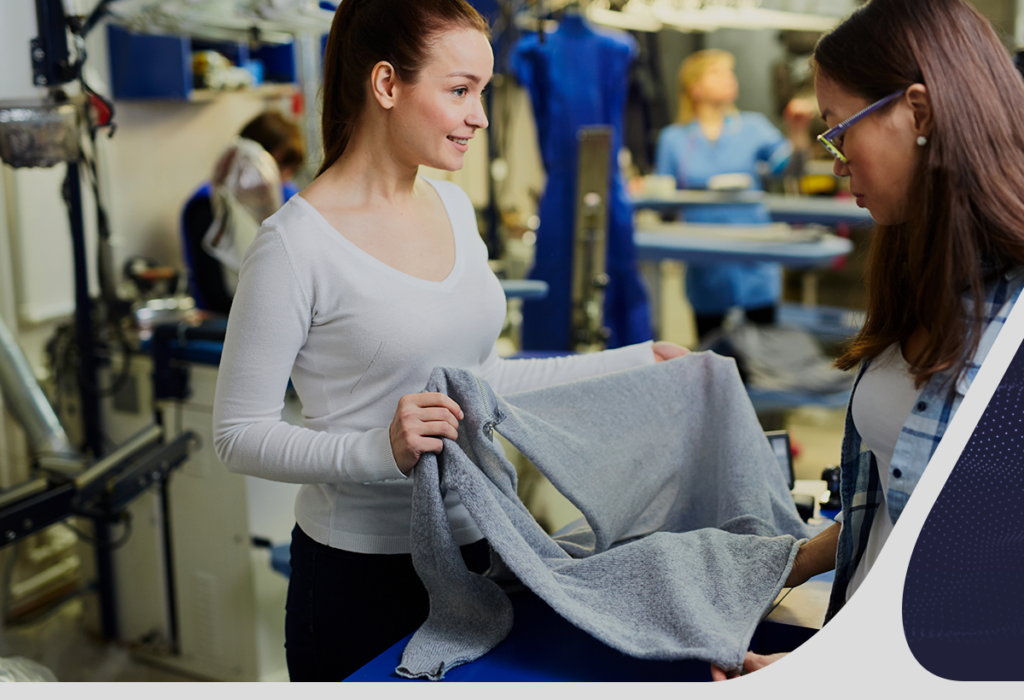
Textile processing aims to refine the fabrics used in industry. It consists of several phases and processes, each of which delivers specific results. Once done manually, this stage is now increasingly automated, bringing even more benefits to those who invest in the process. Want to have a better understanding of the subject? Keep reading! Textile […]
Discover the trends in the textile sector for 2025
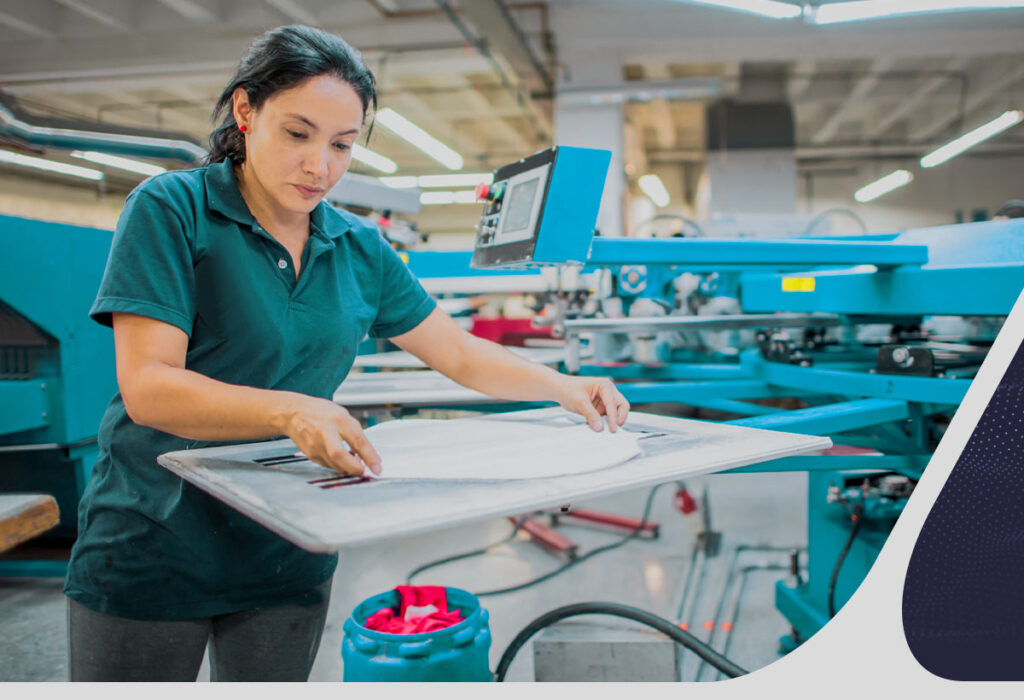
The trends in the textile sector for next year can be summarized in three words: sustainability, technology and well-being. Knowing them is essential to build good budget planning for next year, and start investing in innovative solutions. To help you ensure market prominence, we have listed the main trends in the textile industry for 2023. […]
Smart factories: learn everything about this textile trend
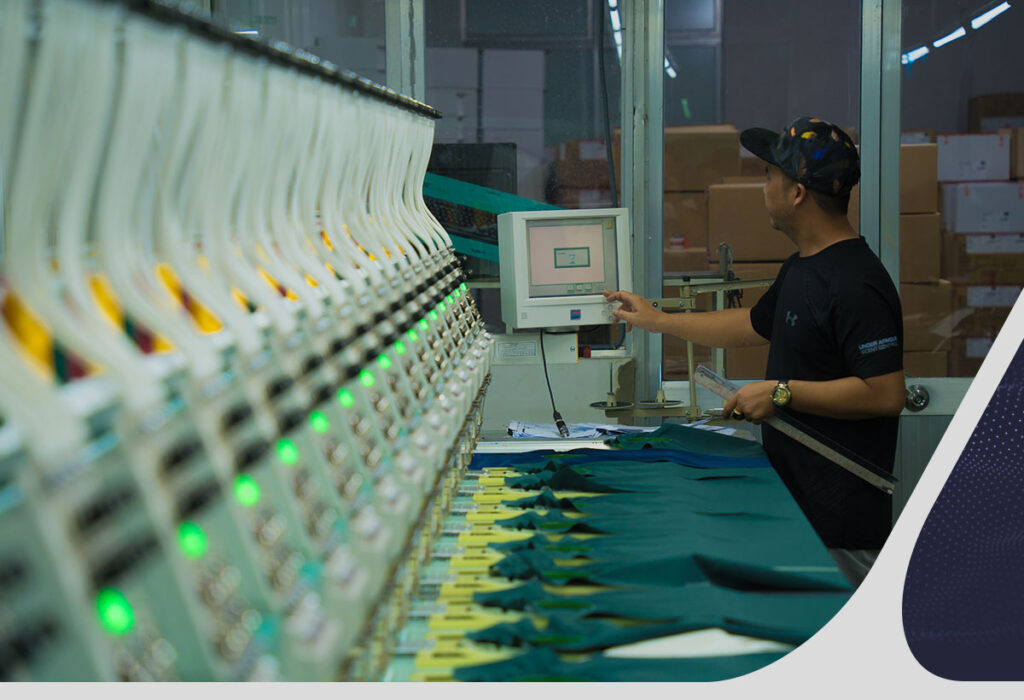
Smart factories are the result of Industry 4.0. With technological advances, this concept now aims to optimize processes and integrate information. For the textile industry, as it has high demand, the advantages can be the difference in making the business even more competitive. Therefore, in this content we will cover the model Smart Factory, the […]
How does additive manufacturing optimize Industry 4.0?
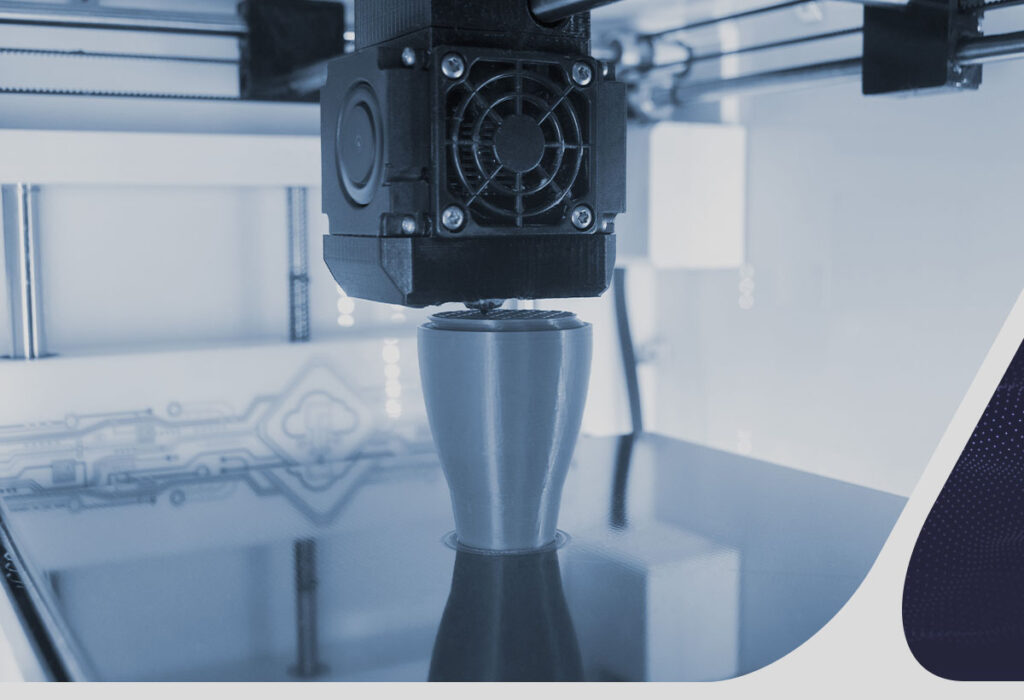
Additive manufacturing is directly connected to industry 4.0. But how does this production model optimize the Fourth Revolution? Read the text to find out! In other words, it collaborates with the integration of automation, data and connectivity of production processes. To understand a little more about this relationship, continue reading. In this text, we have […]
Reliability Centered Maintenance (MCC): advantages and how to apply
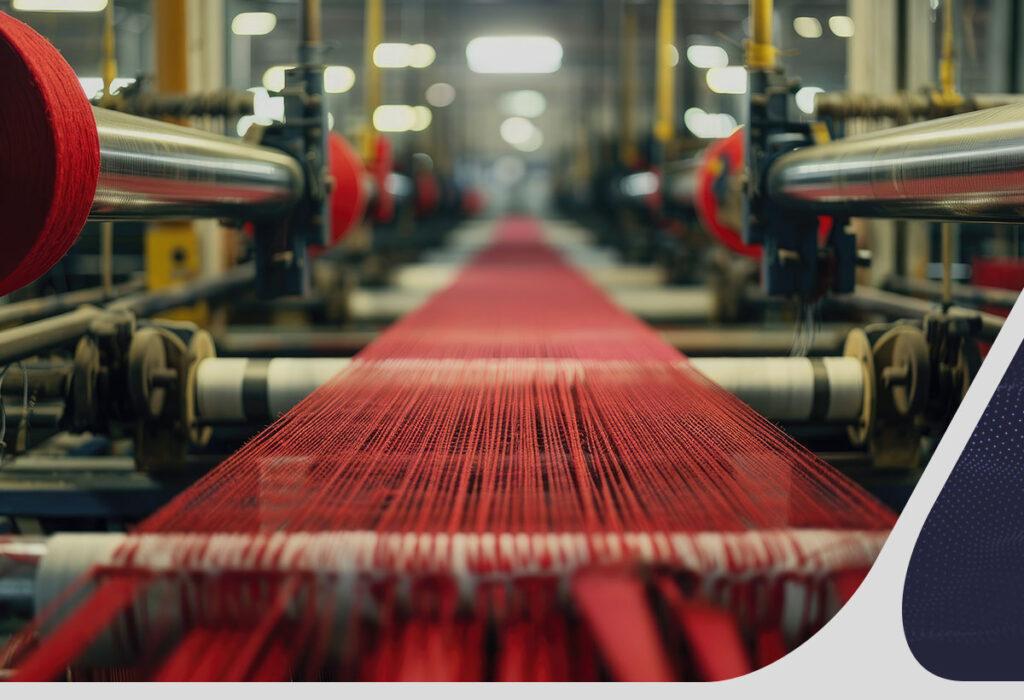
Reliability Centered Maintenance is a maintenance management approach of industrial assets. MCC helps reduce failures, increasing the useful life of equipment. This maintenance strategy can be applied in textile industries, bringing different benefits. In this article you will see, in more detail, what MCC is, how this strategy works and its main advantages. Let’s go? […]
Textile production line: how to increase productivity?
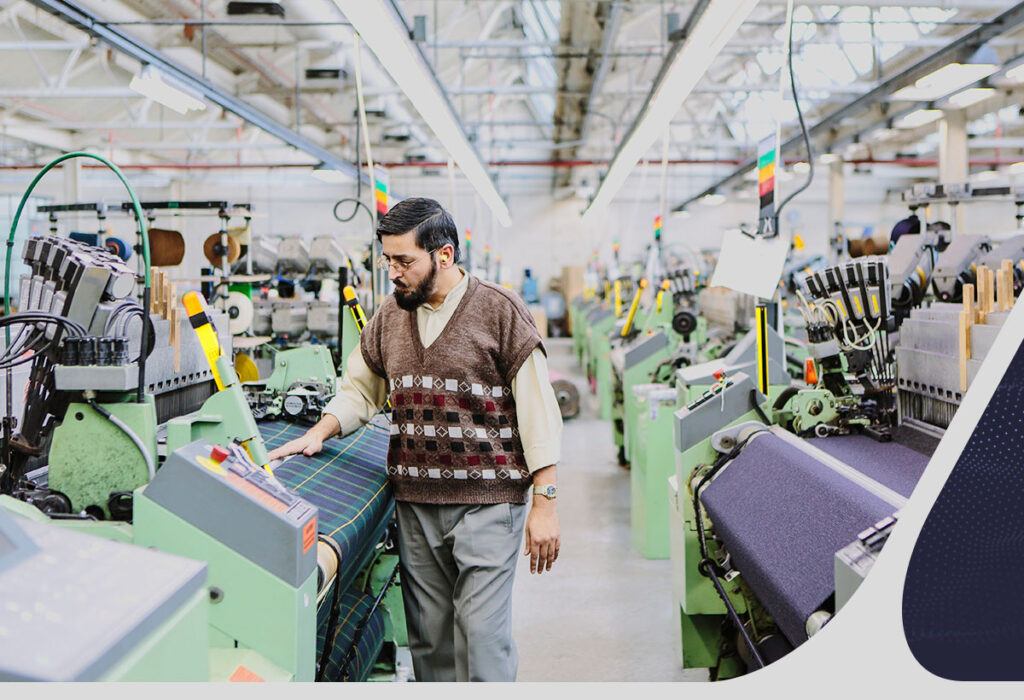
The constant advancement of technology, and the growing demand for quality products, require ways to optimize textile production to increase productivity. Therefore, we have put together a list of 6 strategies that will help you ensure a more efficient and competitive operation. Continue reading to check it out! Let’s go? What is textile production? Textile […]
5 benefits of Big Data for the industry
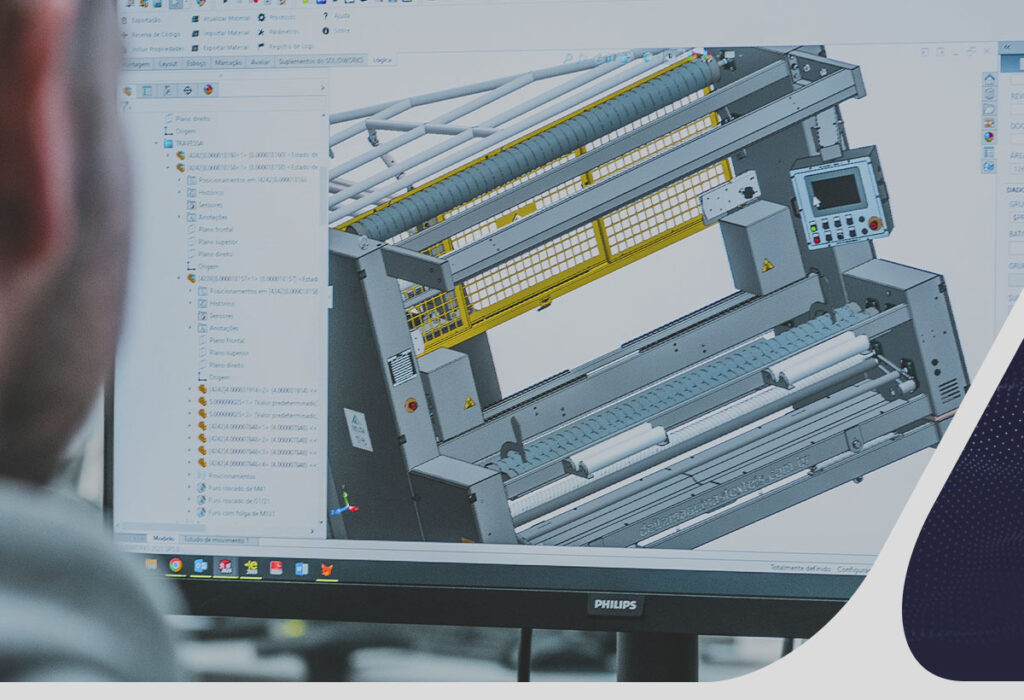
If you still don’t understand very well what Big Data is and what its benefits are, don’t worry. We have gathered in this content the main information regarding this technology. So, continue reading and resolve, once and for all, your doubts on the subject. Let’s go? What is Big Data? Big Data is a technology […]
Learn how to implement the 5s methodology in the textile industry
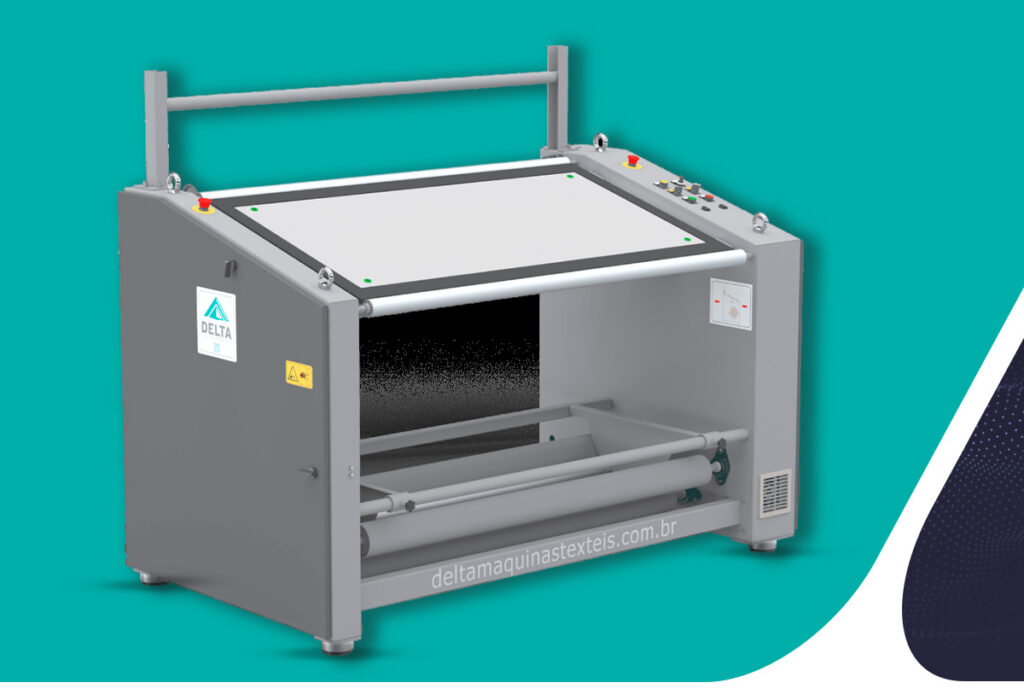
The industrial segment has processes, very specific standards and procedures, mainly in the textile sector. To guarantee their quality and effectiveness, it is essential to invest in optimization and standardization practices, such as the 5s methodology. It is an important tool, used since the 1950s, to solve significant obstacles and bottlenecks to competitiveness. But they […]
